We put an incredible amount of trust in the technology around us every single day. We trust the traffic lights to work, the elevators to be safe, and the airplanes to fly. Now, we are being asked to put that same trust—our very lives—into the hands of self-driving cars. Automakers promise a future with fewer accidents, less traffic, and more freedom. But what happens when that promise is broken? What happens when the technology fails, and a family is shattered by a fatal, preventable crash?
When a family is shattered by a wrongful death from a self-driving auto, The Killino Firm’s team has been a dedicated advocate for many years. We have seen the devastation that a single moment of negligence can cause. Now, we are on the front lines of a new, incredibly complex type of tragedy: wrongful death caused by autonomous driving and autopilot systems.
When a human driver makes a mistake that kills someone, the path to justice is relatively clear. But when the “driver” is a computer algorithm, who is to blame? Is it the person in the driver’s seat who was told the car could drive itself? Is it the giant automaker that sold the public on a futuristic dream? Is it the software company that wrote the code?
These are not questions for the future; they are questions families are being forced to ask right now. This is a new and complicated area of law, but our mission remains the same as it has for decades: to hold powerful entities accountable and get justice for families who have suffered the ultimate loss. Let’s talk about this in a way that makes sense, so you can understand the fight ahead.
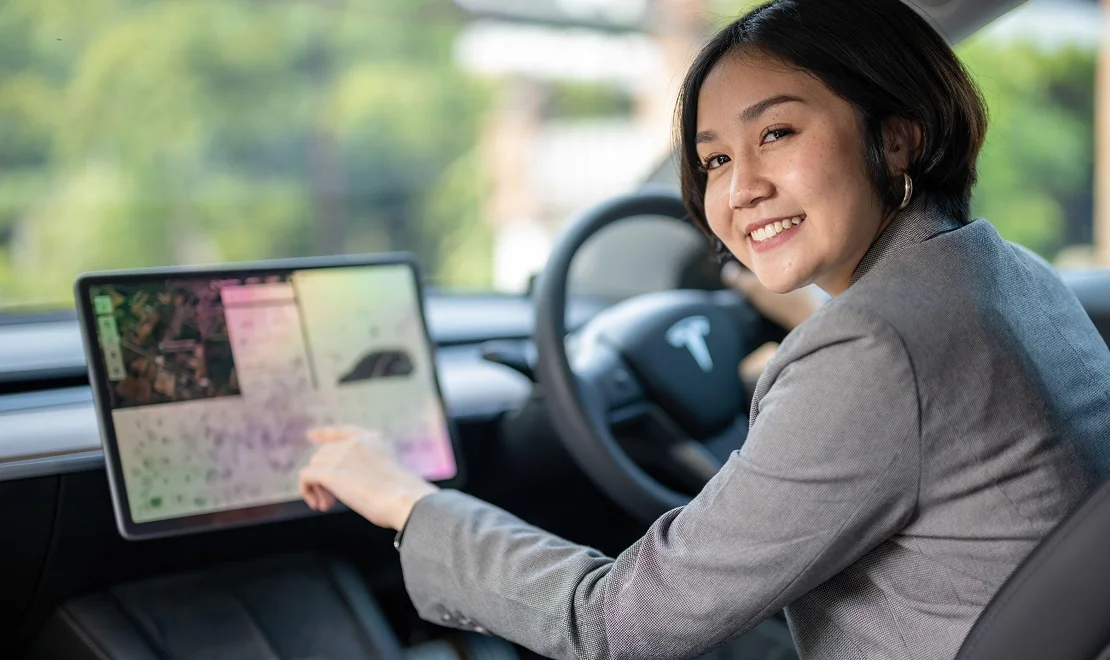

The first thing we need to clear up is the language the car companies use. Words like “Autopilot,” “Super Cruise,” and “ProPILOT” sound amazing, but they are dangerously misleading. They make you think the car can handle everything on its own. The truth is, there is not a single fully self-driving car legally available for you to buy today.
The SAE International (formerly the Society of Automotive Engineers) created a 6-level scale to classify driving automation. This is the standard used by the entire industry and by government regulators.
The problem is that many carmakers are marketing Level 2 systems as if they are Level 4 or 5. This creates a false sense of security, leading drivers to over-trust the technology. The National Transportation Safety Board (NTSB), the federal agency that investigates major accidents, has repeatedly warned about this. In one of their reports on a fatal Tesla Autopilot crash, they stated that the driver’s “overreliance on the ‘Autopilot’ feature was a foreseeable consequence of the system’s design.”
When a company’s marketing leads to a foreseeable death near me, that is a form of negligence.
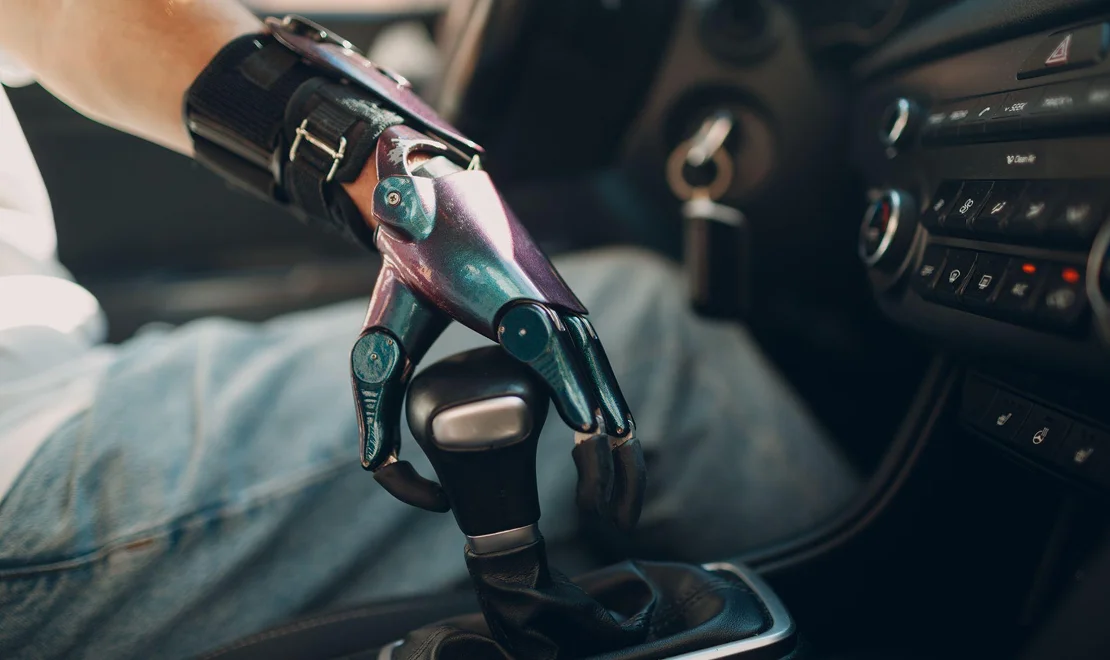
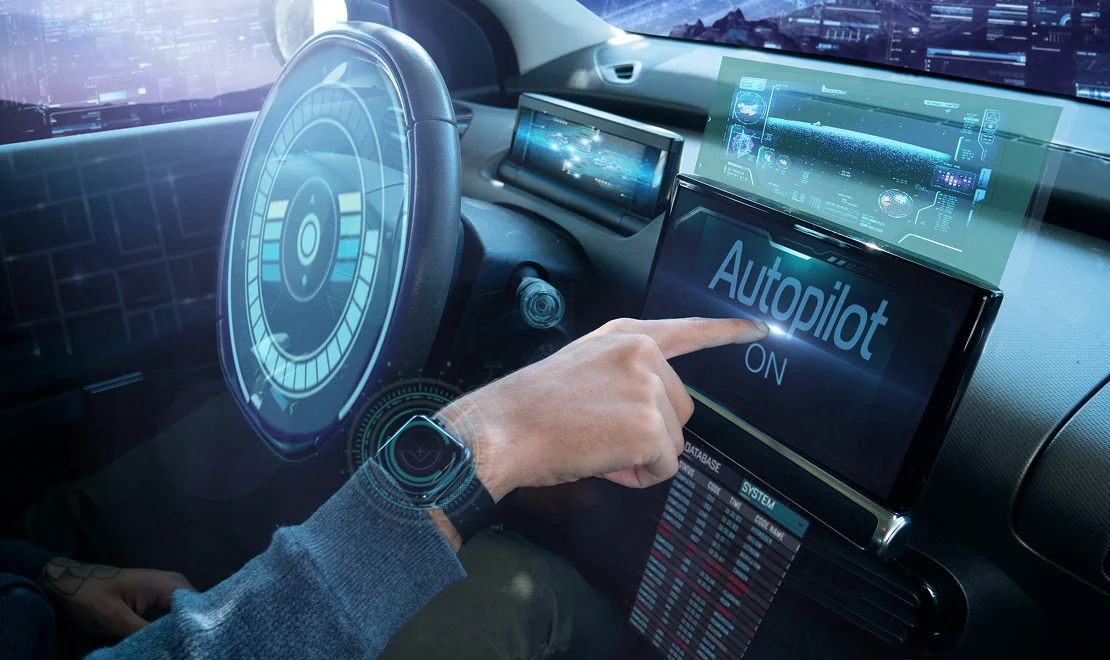
This is a surprisingly difficult question to answer, as automakers have historically been very secretive with their data. For years, the public was left in the dark. That changed in June 2021, when the National Highway Traffic Safety Administration (NHTSA) issued a standing general order requiring all manufacturers to report crashes involving their automated driving systems.
The data is now public, and it’s alarming. As of their most recent report, NHTSA has received reports of over 1,000 crashes involving Level 2 advanced driver-assistance systems. These crashes resulted in at least 37 fatalities.
The Stats They Don’t Want You to See
Of the fatal crashes reported to NHTSA, the vast majority involve Tesla’s Autopilot system. But here’s a statistic that very few people are talking about, and it comes from a deep analysis of that data. A report by The Washington Post found a disturbing pattern: at least a dozen of the fatal Tesla crashes occurred when the Autopilot system inexplicably drove into the path of an emergency vehicle or a tractor-trailer crossing the highway.
This isn’t just a random glitch. It suggests a fundamental, and potentially fatal, flaw in how the system’s sensors and cameras perceive certain objects. It’s a repeatable failure mode. When a product has a defect that causes a pattern of injuries or deaths, it can be the basis for a powerful product liability lawsuit. Looking for the best car accident lawyer “near me” who understands this technology is a critical first step for any family.
Another shocking and lesser-known fact comes from the Insurance Institute for Highway Safety (IIHS). They conducted a study on how drivers behave when using these partial automation systems. They found that drivers were significantly more likely to engage in distracting activities, like texting or looking away from the road, when using autopilot features compared to when they were driving manually. This confirms what the NTSB warned about: the systems themselves encourage the exact unsafe behavior that can lead to a fatal crash.
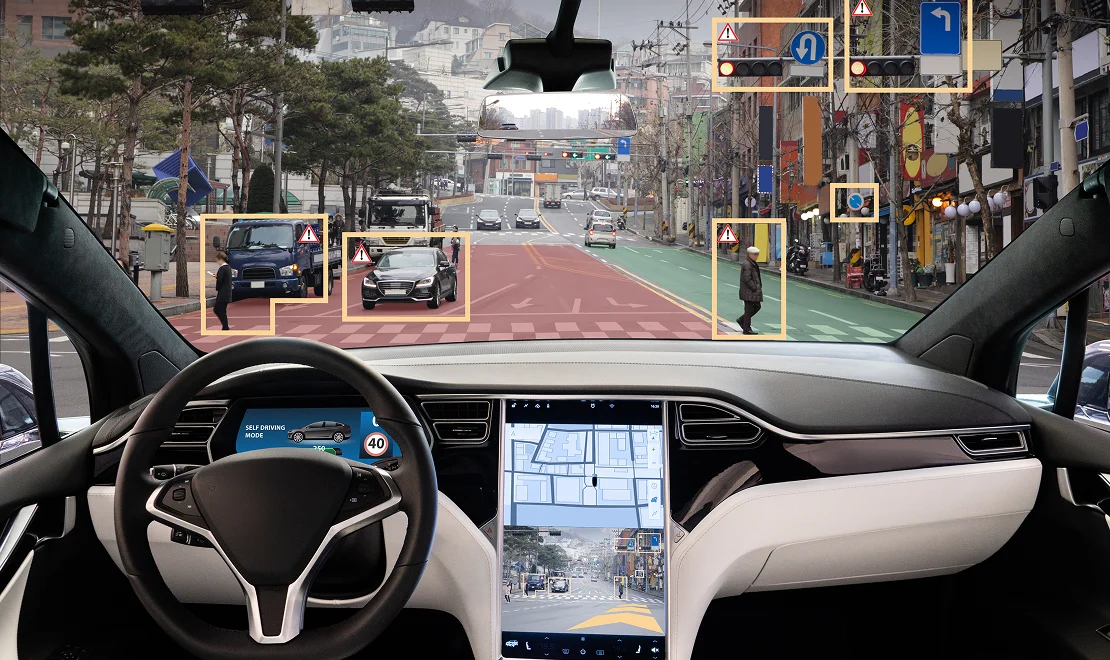

This is where these cases become a legal maze. After a fatal crash, there will be a lot of finger-pointing. The car company will blame the driver, the driver’s family will blame the car, and other companies might be involved as well. As experienced wrongful death lawyers, our job is to conduct a deep investigation to identify every single party that shares responsibility for the tragedy.
Here are the potential defendants in an autonomous driving wrongful death lawsuit:
Finding the best path to justice requires a legal team with the resources to take on these corporate giants. It requires hiring top-tier engineering experts to analyze the car’s “black box” data and reconstruct the accident. It’s a fight we’ve been waging on behalf of families for many decades.

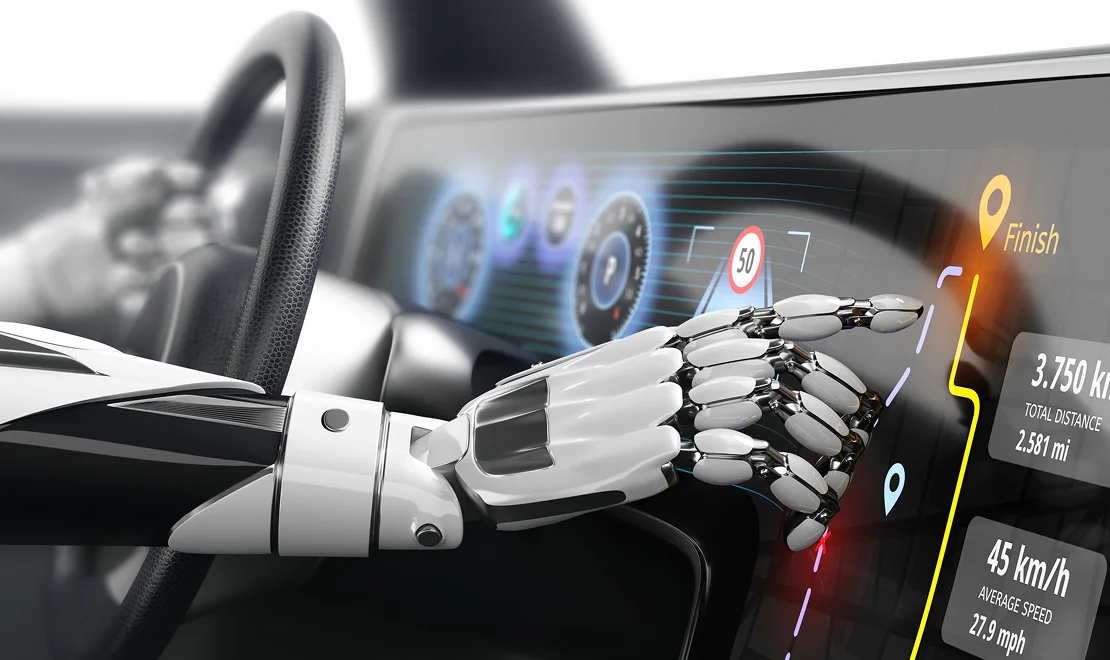
Proving that a piece of technology was responsible for a death is incredibly challenging. These companies will fight you with an army of lawyers and engineers. To win, we have to build an undeniable case based on hard evidence.
This is what our investigation focuses on:
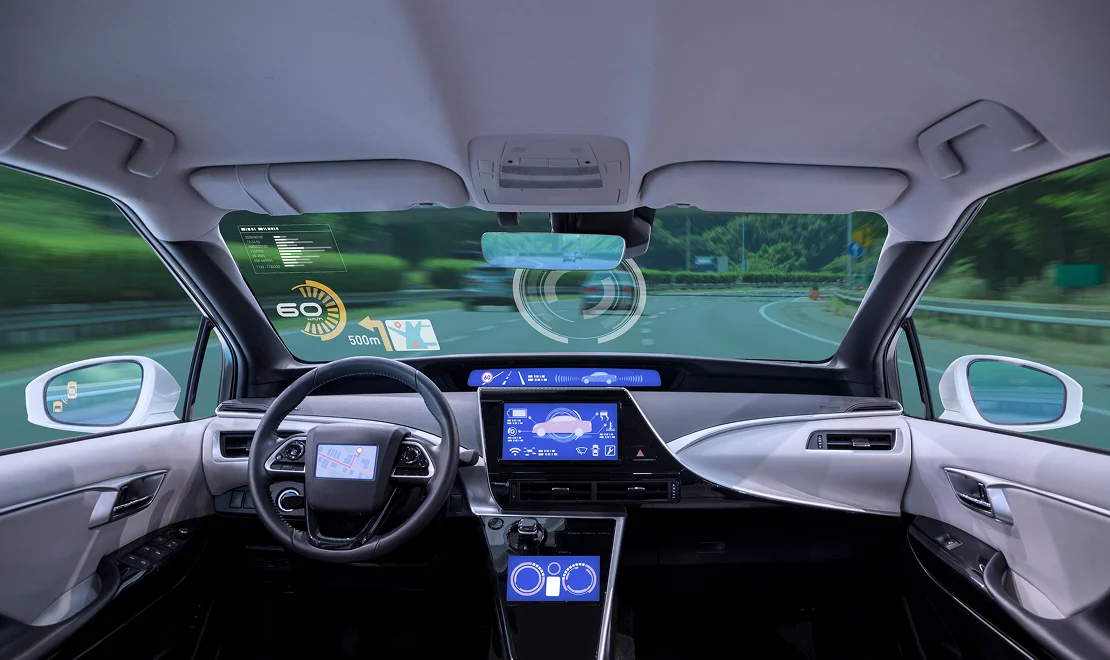
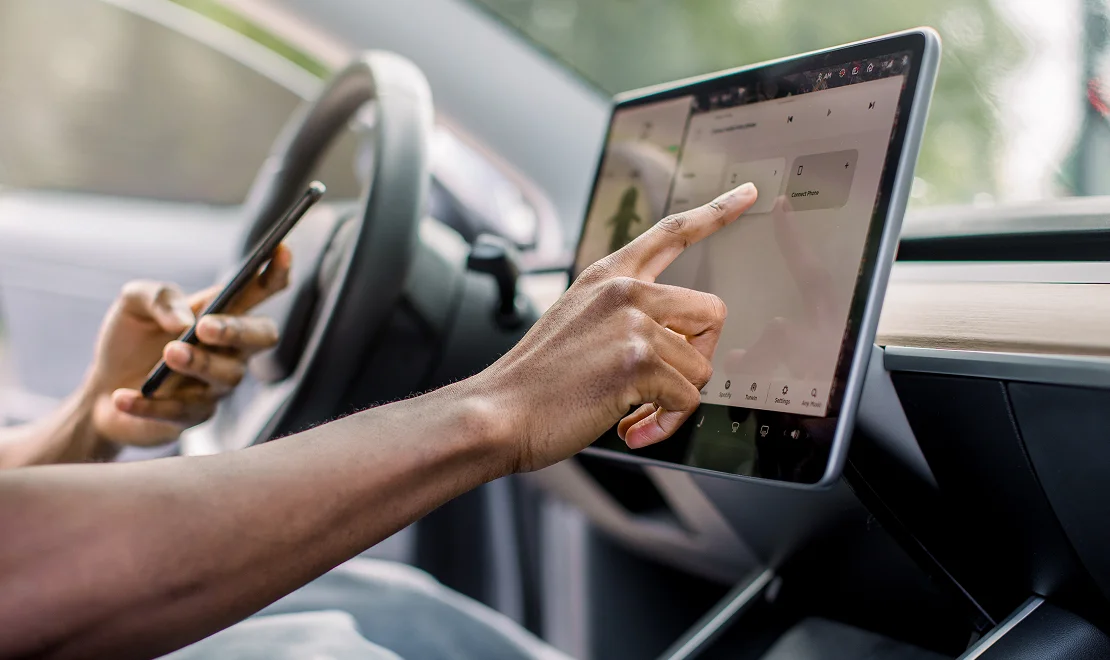
No amount of money can ever bring back a loved one. We know that an Autonomous Driving System wrongful death lawsuit is not about trying to put a price on a person’s life. It’s about securing justice for their memory and providing the financial stability your family needs to face a future that has been forever changed.
In a wrongful death claim, your family can seek compensation for:
Calculating these damages requires financial experts and the best economists to project a lifetime of loss. It’s a critical part of ensuring your family’s future is secure. If you’re looking for an Autonomous Driving System wrongful death lawyer, it is essential to choose a firm that has the resources to accurately calculate and fight for these complex damages, such as The Killino Firm.
Key Takeaways
We know this is a lot to take in, especially during such a painful time. Here are the most important things to remember:
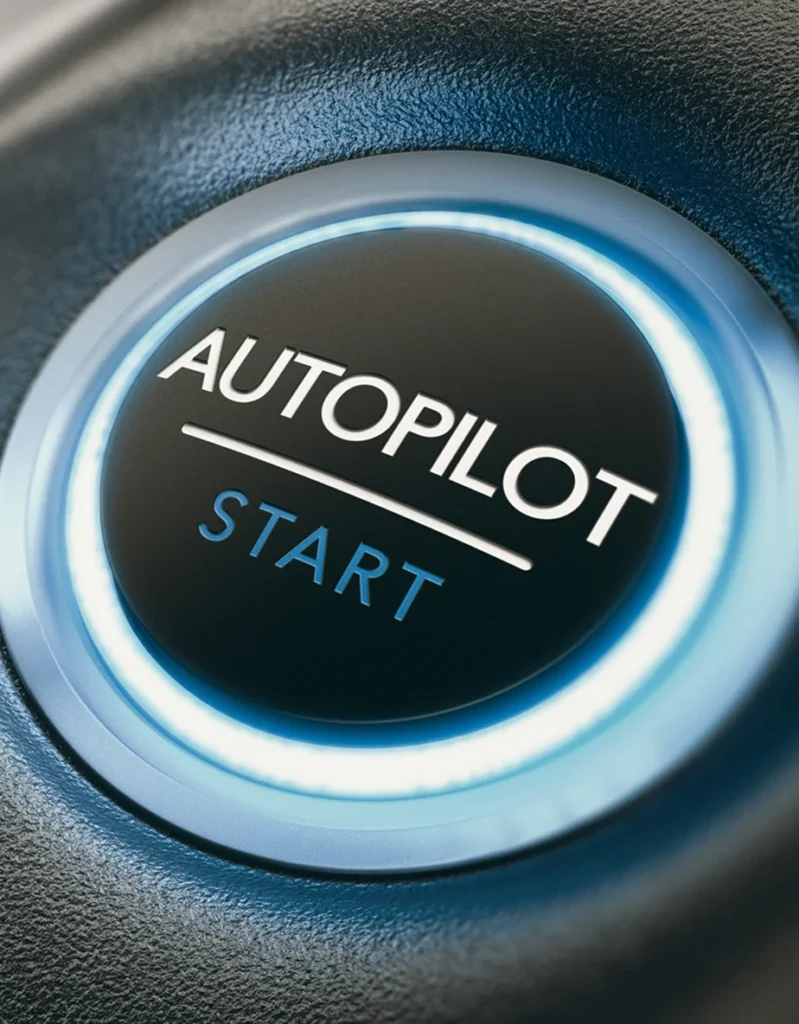
Top Resource Groups for survivors of Autonomous Driving & Autopilot Wrongful Death
First and foremost, allow your family the space to grieve. In these initial, overwhelming moments, nothing is more important than supporting one another. When you feel capable of looking ahead, the next crucial step is to consult with our attorneys who are experienced in the unique complexities of ADS accidents. To protect your family’s future, it is vital that you do not provide any statements to insurance adjusters or sign any agreements they offer, as every decision made now can significantly impact your family’s journey toward securing accountability and justice.
The authority to file is determined by state law, which varies. Typically, immediate family members—such as the spouse, children, or parents of the person who passed away—are granted this right.
We handle all wrongful death cases on a contingency fee basis. This means there are no upfront costs or out-of-pocket expenses for you. Our firm advances all the necessary resources to investigate, prepare, and litigate your case. Our fee is collected only if, and when, we secure a financial recovery for you.
Determining a case’s value is a comprehensive valuation of all that has been lost. This includes economic damages—the tangible financial contributions your loved one would have made over their lifetime—and non-economic damages, which represent the profound, personal loss of their love, companionship, and guidance.
Yes, in many states, you are not barred from a recovery even if your loved one was found to be partially responsible. The law uses a doctrine called “comparative fault,” where a percentage of responsibility is assigned to each party involved. As long as your loved one’s portion of fault does not exceed 50%, your family can still pursue and recover damages.
A trial is not the most common outcome; most wrongful death claims are resolved through a negotiated settlement. However, our philosophy is that the best settlements are achieved by preparing every case for the courtroom. This meticulous trial preparation sends a clear message to the defense that we are ready for a jury, which is the ultimate leverage in securing a just and timely resolution for your family.
Our firm was built on the principle of providing relentless advocacy for families facing unimaginable tragedy. We merge decades of focused experience with the resources of a leading national firm and an unwavering determination to see justice done. We don’t just handle cases; we champion causes. Our commitment is not just to win your case, but to honor the memory of your loved one by securing the full measure of justice your family deserves and ensuring powerful entities are held accountable.
Text With Us
We'll text you!
"*" indicates required fields
By submitting, you agree to be contacted about your request & other information using automated technology. Message frequency varies. Msg & data rates may apply. Text STOP to cancel. Privacy Policy
Call Me
We'll call you!
"*" indicates required fields
By submitting, you agree to be contacted about your request & other information using automated technology. Message frequency varies. Msg & data rates may apply. Text STOP to cancel. Privacy Policy
Book A Consultation
We're ready to answer your questions!
Email Us
We're available by email!
"*" indicates required fields
By submitting, you agree to be contacted about your request & other information using automated technology. Message frequency varies. Msg & data rates may apply. Text STOP to cancel. Privacy Policy
Text With Us
We'll text you!
"*" indicates required fields
By submitting, you agree to be contacted about your request & other information using automated technology. Message frequency varies. Msg & data rates may apply. Text STOP to cancel. Privacy Policy
Call Me
We'll call you!
"*" indicates required fields
By submitting, you agree to be contacted about your request & other information using automated technology. Message frequency varies. Msg & data rates may apply. Text STOP to cancel. Privacy Policy